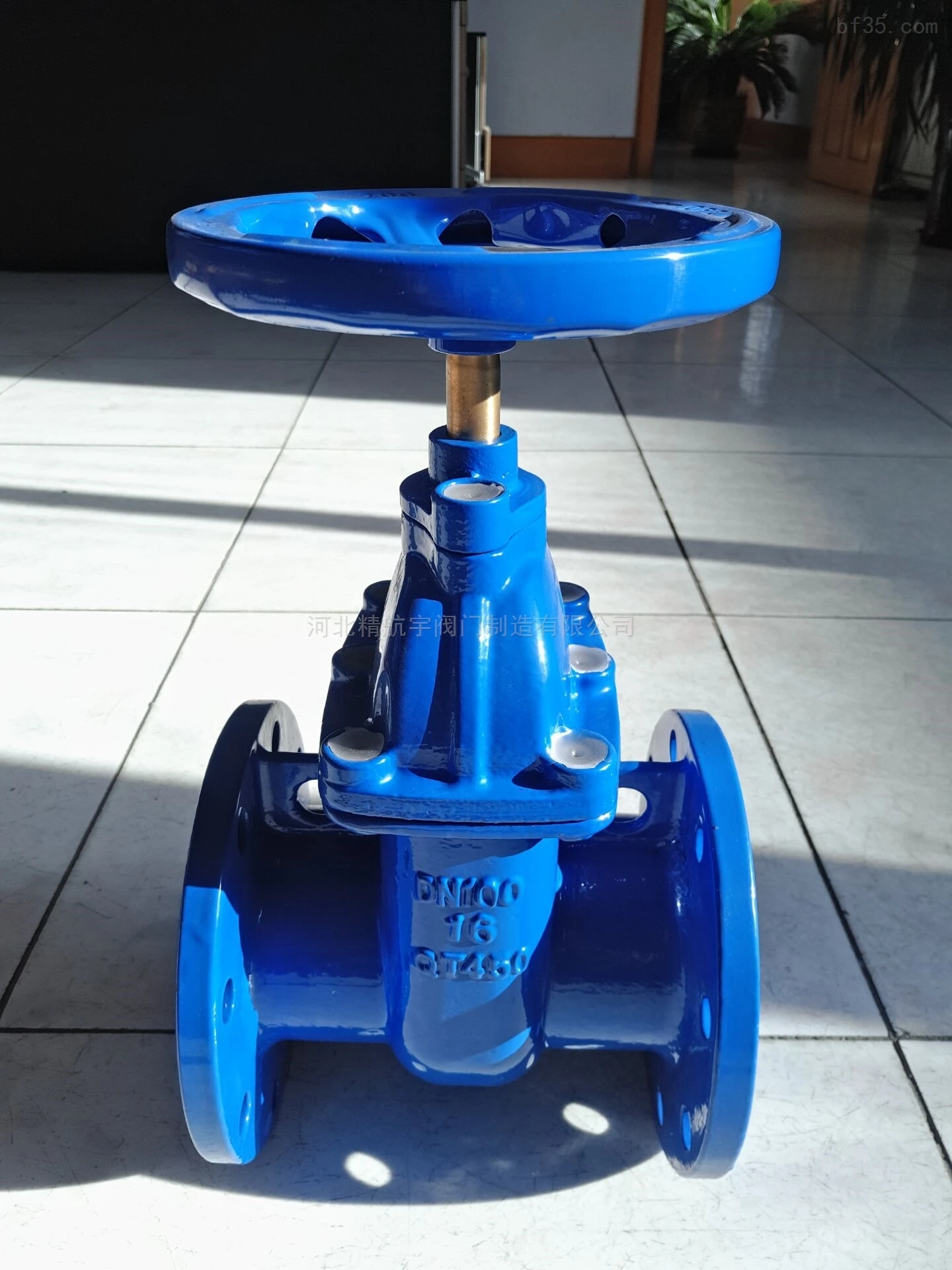nov . 18, 2024 22:12 Back to list
Understanding the M6 Thread Gauge for Accurate Measurements and Applications
Understanding M6 Thread Gauges Essentials for Precision Engineering
In the realm of precision engineering, ensuring the correct fitting of components is crucial. One of the critical tools that facilitate this process is the thread gauge, particularly the M6 thread gauge. This article aims to explore the significance, applications, and accuracy of M6 thread gauges in various industries.
What is an M6 Thread?
Before delving into thread gauges, it’s essential to understand what an M6 thread is. The M designates the metric thread, while 6 refers to the nominal diameter of the thread in millimeters. Therefore, an M6 thread has a diameter of 6 mm. Threads can be either coarse or fine, with the M6 thread commonly found in coarse pitches with a pitch of 1.0 mm.
The Importance of Thread Gauges
Thread gauges are precision instruments used to measure the pitch and diameter of threaded components. They ensure compatibility and fit between mating parts, which is critical in applications such as machinery, automotive, and aerospace sectors. The M6 thread gauge specifically helps in assessing M6 threaded components, verifying whether they meet the specified standards of measurement.
Types of Thread Gauges
There are several types of thread gauges, each designed for specific measurement tasks
1. Plug Gauges These gauges are used to check the internal threads of a hole. They validate the fit of a bolt into the threaded hole, ensuring that it is neither too tight nor too loose.
2. Ring Gauges Used for external threads, ring gauges help in measuring the outside diameter of screws or bolts to ensure they conform to the M6 specifications.
3. Thread Callipers These are adjustable tools used to measure the pitch diameter of the thread accurately. They are particularly useful for verifying fine adjustments.
m6 thread gauge

Precision and Tolerance
Accuracy in threading is paramount, especially when these components are subjected to stress and strain. To achieve precision, M6 thread gauges are manufactured to strict tolerances, often following international standards such as ISO 965. These standards outline the acceptable tolerances for the dimensions of threads, ensuring consistency across different manufacturers and applications.
Applications in Various Industries
M6 threads are ubiquitous in modern engineering. Here are a few notable applications
- Automotive Industry M6 bolts are frequently utilized in vehicles, securing various parts, from engine components to chassis elements. Here, the reliability of these components is critical for safety.
- Machinery In the manufacturing and assembly of machinery, M6 threads assist in fastening and providing structural integrity.
- Construction M6 threaded rods and bolts are commonly used in construction applications, functioning as anchors and supports in various structures.
Inspecting Quality with M6 Thread Gauges
Regular inspection of threaded components using M6 thread gauges helps maintain quality control. When manufacturers use these gauges, they can quickly identify issues in production or material defects that could lead to failures in a finished product. This proactive approach minimizes the risk of malfunction and enhances the overall safety and efficacy of the machinery.
Conclusion
In summary, the M6 thread gauge plays an indispensable role in quality assurance and precision measurement within various industries. By adhering to stringent standards and utilizing the correct type of gauge, engineers and manufacturers can achieve the high levels of accuracy required for successful operations. The next time you encounter an M6 threaded component, remember that behind its simple appearance lies a world of engineering excellence, with thread gauges ensuring all parts fit together seamlessly.
-
thread-plug-gauge-our-promise-of-measurement-excellenceNewsAug.22,2025
-
gauge-pin-class-reflecting-quality-legacyNewsAug.22,2025
-
check-valve-types-for-high-rise-buildingsNewsAug.22,2025
-
water-control-valve-for-irrigation-systemsNewsAug.22,2025
-
gate-valve-with-soft-seal-technologyNewsAug.22,2025
-
y-type-strainer-for-oil-and-gas-applicationsNewsAug.22,2025
Related PRODUCTS









